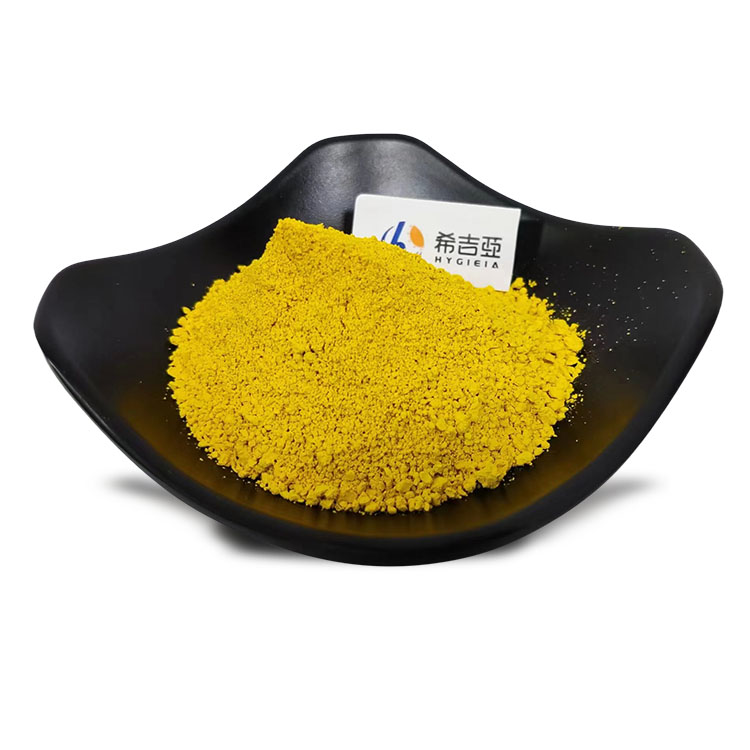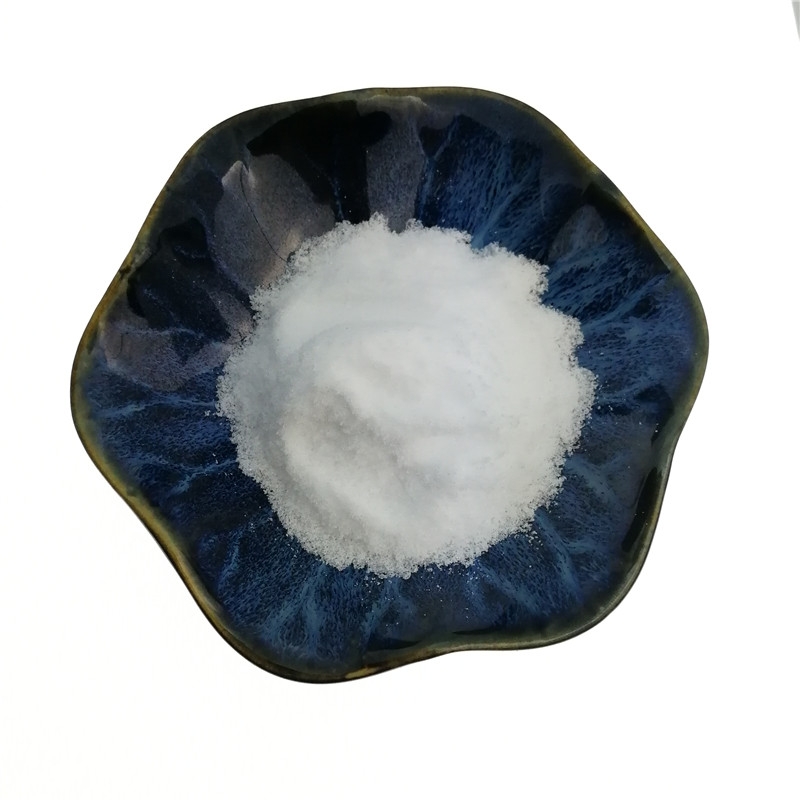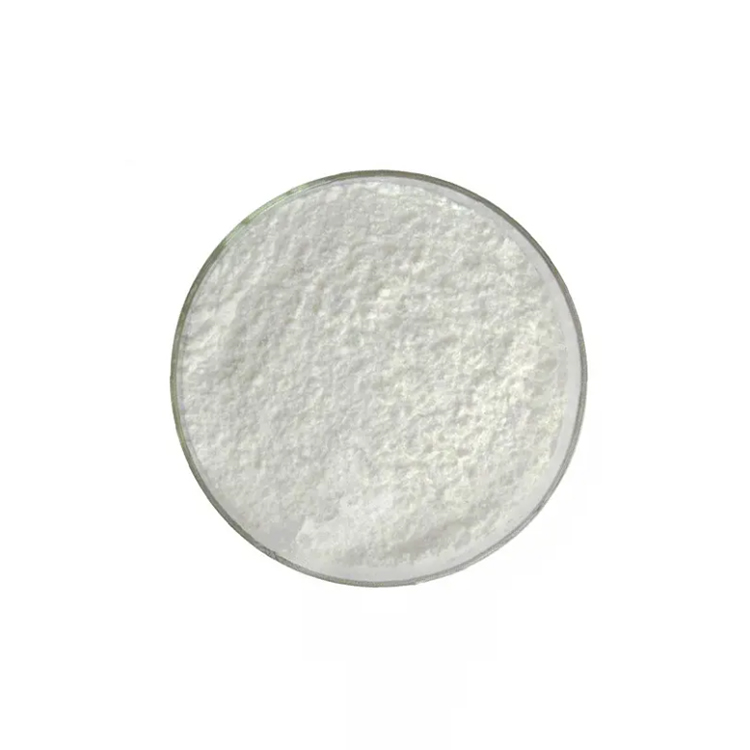-
Categories
-
Pharmaceutical Intermediates
-
Active Pharmaceutical Ingredients
-
Food Additives
- Industrial Coatings
- Agrochemicals
- Dyes and Pigments
- Surfactant
- Flavors and Fragrances
- Chemical Reagents
- Catalyst and Auxiliary
- Natural Products
- Inorganic Chemistry
-
Organic Chemistry
-
Biochemical Engineering
- Analytical Chemistry
- Cosmetic Ingredient
-
Pharmaceutical Intermediates
Promotion
ECHEMI Mall
Wholesale
Weekly Price
Exhibition
News
-
Trade Service
At the Everest base camp at an altitude of 5,200 meters, the scientific research team's task of collecting atmospheric nitrogen oxides and PM2.
Near the base camp of Mount Everest at an altitude of 5,200 meters, the two small yellow tents and the metal box farther away are the scientific expedition team members from the University of Science and Technology of China, which are used to collect nitrogen dioxide and PM2.
Zhang Zhongyi, an associate researcher at the University of Science and Technology of China: Under the action of our power pump, the air passes through the diffusion tube, and a chemical reagent for adsorbing nitrogen oxides is prepared in the middle of the diffusion tube
According to reports, the concentration of nitrogen oxides on the Qinghai-Tibet Plateau is only a few thousandths of that in Beijing, making it extremely difficult to collect
Zhang Zhongyi, an associate researcher at the University of Science and Technology of China: Under the irradiation of ultraviolet rays, hydroxyl radicals will be generated in the air, which can decompose greenhouse gases such as methane and carbon monoxide
According to reports, scientific research is usually carried out in a representative environment, and the results obtained are the most classic
Zhang Zhongyi, an associate researcher at the University of Science and Technology of China: Hydroxyl free radicals generate fine particulate matter while decomposing greenhouse gases or toxic and harmful gases
Wu Yichao, a doctoral student at the University of Science and Technology of China: The PM2.
To collect nitrogen oxide samples, the scientific expedition team members have to curl up in a small tent with only one person to complete the whole process.







